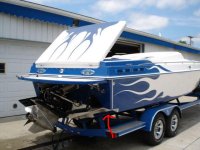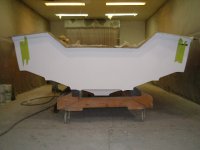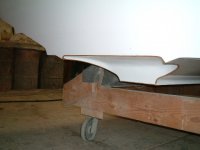boatman4021
Well-known member
Allison's are fast, but when you start comparing them to a Checkmate, they are not as wide as a C-mate and what they call a 21' is not quite that long. When you compare the 2, pound for pound and motor's being the same, the C-mate is just as fast. The C-mate's were designed to be a family performance boat and not a production race boat. But, take away all of the extra's and make as light as the Allison's and it will be as fast. Is 100mph out of reach for thr Pulsare? No! Just a bit harder to get there. boatman






